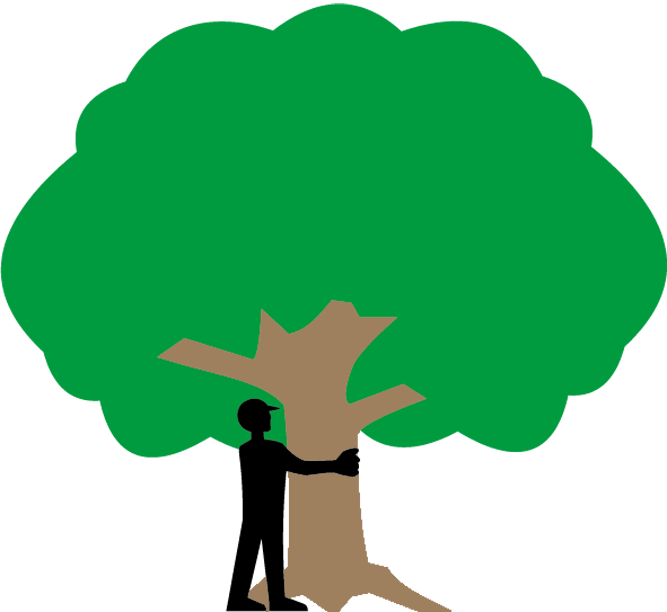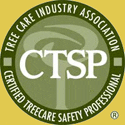Plant Health Care ( PHC )
Treehugger Tree Care's Plant Health Care department offers experienced, knowledgeable arborists and technicians to accurately identify and treat the needs of your trees and shrubs. The treatments we offer are a unique blend of both the traditional methods and the newest technology available to provide your trees and shrubs with the best care possible.

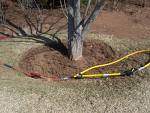
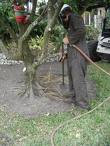
When people become ill and need care they usually travel to their favorite local doctor for help. Upon learning about and examine the ailment the doctor prescribes the care required to get patients back to their normal health.
Trees need examinations too. Without correct diagnosis your tree's health may continue to decline. In fact, guessing what the problem is or trying to get help over the phone will often lead many times to incorrect care and invalidated treatments.

We know that soil issues can be 70% of a trees problem. Many problems occur in the area of the root zone where the tree obtains water, oxygen, and minerals from the soil. Problems with your trees
may be caused by root injury due to soil compaction, dramatic change in soil [or mulch] depth, improper watering or fertilization and malnutrition, among many other biological elements. Where trees grow in forests and groups, their falling leaves create a “leaf litter” which decomposes to provide a natural fertilizer in which trees thrive and grow healthy.
This abundance of rich nutrients is rarely present in the suburban environment. When one or more of these nutrients are deficient in the soil, the tree will not reach its full landscape potential, and will be more prone to disease, pest infestation and a shorter life–span than that of a similar, well–fertilized tree. Treehugger cares for trees with a systemic approach, scientifically evaluating soil quality and fertilizing by distinct prescription on a case–by–case basis.
Our staff of professional arborist's takes their years of experience right to your location. We provide a detailed, complete examination of the tree that includes a written report and prescribed care. We believe in ethical care, not sales pitches. Our goal is to provide you with safe, effective, accurate treatments and care using services and treatments that are good for your trees as well as our earth.
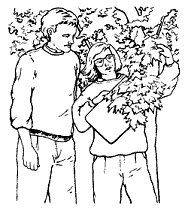
Many times clients have multiple needs in their landscape. Some issues relate to trees while other concerns are for their soil, shrubs and flowers. Proper planting, tree and shrub selection, and mulching guidelines are just some of the items we address when called upon for a consultation. Our professionals can also assist with pruning considerations and hazardous concerns. They can help guide you with just about anything that pertains to the care and well being of your landscape and our earth.
Three things are required for a disease to develop:
1. The presence of a pathogen (the disease-causing agent)
2. Tree susceptibility to that particular pathogen
3. An environment suitable for disease development
Diseases are classified into two categories: those caused by infectious or living agents (diseases) and those caused by noninfectious or nonliving agents (disorders). Examples of infectious agents include fungi, viruses, and bacteria. Noninfectious diseases, which account for 70 to 90 percent of all plant problems in urban areas, are caused by nutrient deficiencies, temperature extremes, vandalism, pollutants, and fluctuations in moisture.
In most cases, an insect problem is secondary to problems brought on by a stress disorder or pathogen. Most insects are beneficial rather than destructive. They help with pollination or act as predators of more harmful species. Therefore, killing all insects without regard to their kind and function can actually be detrimental to tree health.
Harmful insects are divided into three categories according to their method of feeding: chewing, sucking, or boring. By defoliating trees or sucking their sap, they retard growth. By boring into the trunk and branches, they interfere with sap flow and weaken the structure. They may also carry some plant diseases. Treehugger applied controls to treat tree care problems base the control method using a integrative pest management approach. Biological, mechanical, cultural, physical, genetic, and chemical controls are methods and options to consider to treat tree problems.
Always consult a tree care expert if you have any doubt about the nature of the insect problem or the proper treatment.
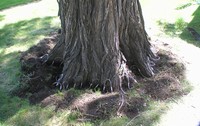
Also, Treehugger has nutritional supplements and tree fertilizers for many native Minnesota tree species.
